by Wallace Wyss –
Now some historians lay into A.C. Cars Ltd, the fabricators of the Cobra, saying they were crude builders, with no finesse, no modern engineering.
Some of that’s true. But there is one prototype that is out and about that continues to fascinate, first of all because it survived the whole Cobra era and second because it seemed so ahead of its time you don’t know why Ford/Shelby didn’t glom onto it.
Officially in the factory records (at times written by hand, maybe even dipping a feather quill pen in ink, i.e., before ballpoints) it is not listed as a Cobra, but instead as an “AC Drophead 289 V8 Ford Engine” which an unusual out of sequence chassis number: SN MA200.
The chassis and suspension are not right off the AC Cobra assembly line.
The final drive and inboard rear brakes drop back to the first Cobra of 1962. And even the windscreen looks borrowed off the Jaguar E-type assembly line.
The second engine was a 289 which has numbers consistent with the Hypo 289 engines that AC imported directly from Ford which AC put in production leaf-spring Cobras, for European markets, in late 1963/early 1964.
Allcarindex researched the car and said the car was a gift to AC chairman Derek Hurlock from Ford using a leftover racing 289 engine and that the car was sold by him in 1968 to its first private holder – Dr Roger Field from Bickley, Kent. The one-off-a-kind AC then passed to the hands of AC enthusiast Peter Hague from Chichester. Finally in 2006 it was purchased by its current owner Mark Gold.
FLAT SIX KILLED OFF
But few know that the original engine desired by the head engineer was a flat six. You guessed it a Corvair type engine.
Engineer ZT Marczewski first drew plans for that engine, and even decades after was insisting that was the plan, going back to April 1963. It wasn’t the first time he tried to sell that engine to his bosses at AC because back in ’61 he had fitted one an AC Greyhound, a car that, DNA wise, precedes the first Cobra.
The advantage would have been a lower center of gravity plus a lower hoodline being possible.
In 1986 though, that first recorded private owner measured his car and a flat 6 (must have been an AC prototype) and reported it wouldn’t fit. It was the engineer’s pipe dream.
It could have been that AC was developing this engine as early as 1961, knowing that Bristol was going to cut off their supply of the Bristol six used in the Ace-Bristol.
All thought of that evaporated in 1961, when failed chicken farmer, retired race driver and international gadabout Carroll Shelby appeared, Ford small block engine in tow.
Regarding who designed it, ah, that’s a problem. It is most likely Frua, as it bears resemblance to their Maserati designs of the time. But though they built the production AC 428 coupes and roadsters, the MA200 was done years before so it can’t be automatically attributed to the Italians.
COBRA ORDERS OVERWHELMED MA200
But AC was so busy once Shelby got backing from Ford to make Cobras, they couldn’t think about developing the car any more.
But at least they had a possibility of a better engine and chassis, as in 1965 AC started making the new Cobra 427/AC 289 coil spring chassis, designed at Ford Dearborn.
In fact, as Ford and Shelby lost interest in the Cobras (both had LeMans ambitions) AC went to Italy and shopped for a more stylish body, which became the AC428, a model made for England with the 428 big block in it (only the first one had a 427) was their next direction and the flat six was forgotten.
My guess is that MA200 still has secrets. If the original engine has been found, I’d like to see it installed, if only to complete the engineer’s dream…. By the way the car was bought by an American, as detailed in an article on ConceptcarsZ and restored by the Creative Workshop in Dania Beach, FL, a restoration which the shop said “compares to automotive archaeology”. The car was not only restored but taken to the Amelia Island Concours where it no doubt caused consternation in Cobra classes as they wondered: could this be the Holy Grail?
Let us know what you think in the Comments.
THE AUTHOR: Wallace Wyss is a noted Shelby historian, with three books published on Shelby, GT40s and Cobras. As a fine artist, he is depicting these favorites in commissioned portraits. He can be reached at mendoart7@gmail.com
Donate to My Car Quest – Click Here
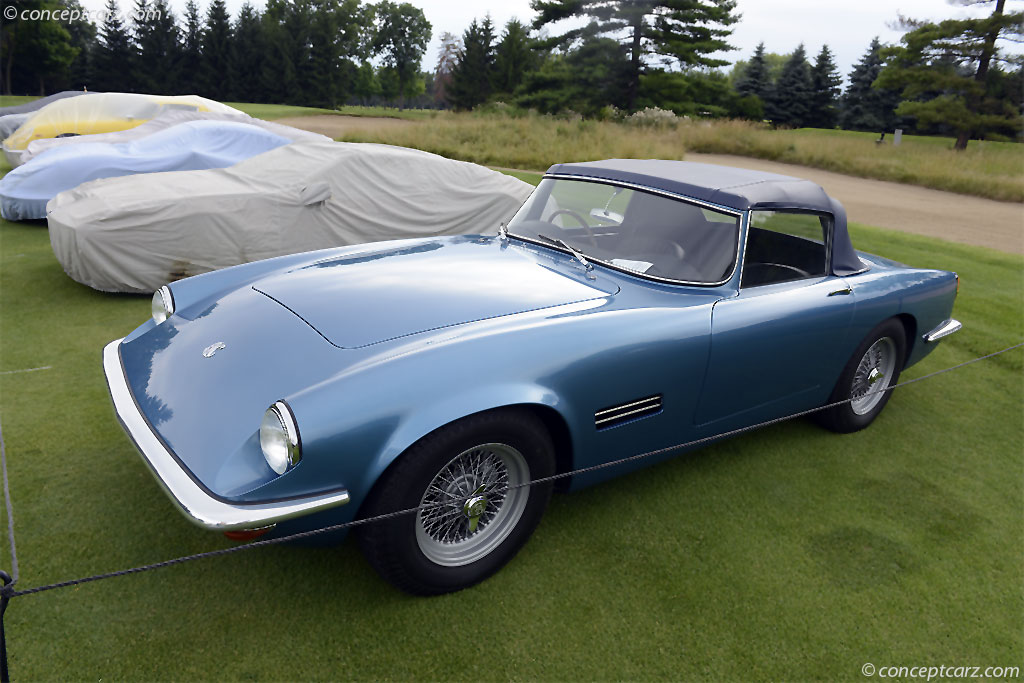
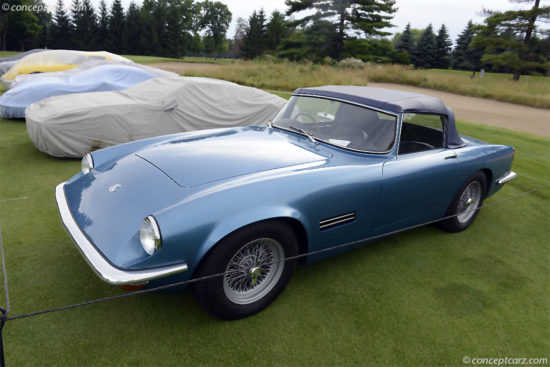
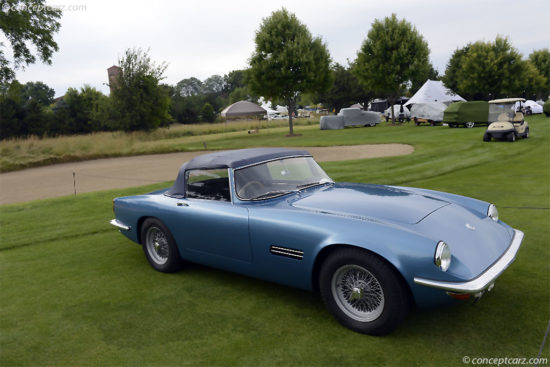
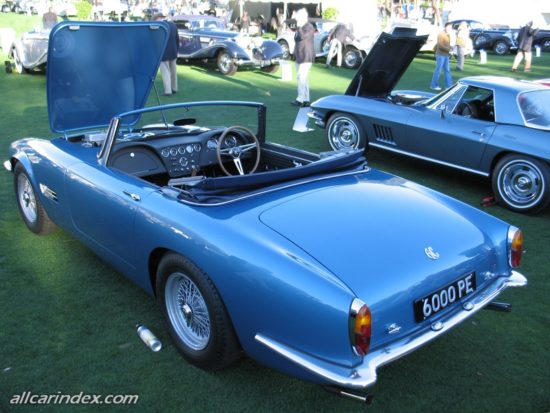
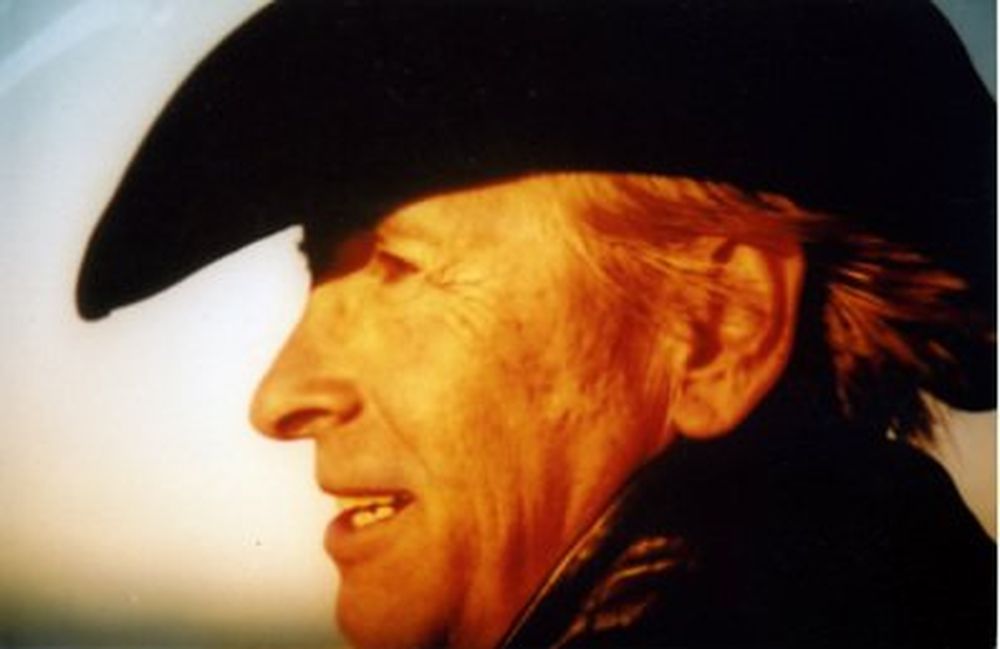
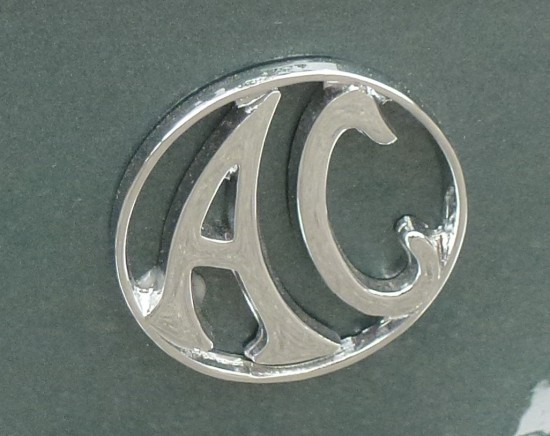


Why would one call it a Cobra? Its a A/C with a 289 installed. Not much different than a A/C Bristol with a 289 installed, those aren’t called Cobra’s.
Maybe I should have chosen “Cobra’s grandfather?” as the headline, with a question mark, because if Shelby hadn’t come along when they were caught in the lurch, this design was the direction they were thinking of going in 1961. I guess you can’t say the first Cobra, CSX2000 , was naught but an A.C. Bristol with a 260 installed because in fact Shelby specified a stronger frame for the first Cobra. I know he tested an AC Bristol with a 221 incher in the UK. It was back in America they put in a 260, I am presuming in a car which had , according to Hemmings, ” thicker-wall chassis tubing, the modified Ace received a reinforced suspension, a limited slip differential, inboard rear brakes and as the World Registry of Cobras and GT40s, Fourth Edition relates, a “general beefing up” to accommodate the 221 V-8 supplied for testing and development in England.”
It was Shelby who dubbed it the “Cobra,” a name he said came to him in a dream.But he still had to pay Crosley to use the name as they had patented it for their copper-brazed heads.
Hi Wallace,
I’m the owner of MA 200. Thanks for the good words. I have a plethora of documentaiton on the car and I can assure you it never had a flat 6. i set up a website on the car, thelostacprototype.com, where you can see original black and white photos of the car being assembled with an early hipo 289 ford. You can tell that its a 1963 motor because only in 63 did Ford use a timing cover oil fill. They changed to valve cover oil fill in 64. The original motor was Hipo production 1664. I was able to source number 1445, just 200 numbers off, probably cast the same day. I also have the GT40 block that was put in the car sometime after, reportedly as a gift from Ford for Hurlocks help at Lemans. To be clear regarding Mike Clarkes comment, this is hardly like a Bristol with a 289 in it. The car was born with a 289, and was light years ahead of the Cobra technically, with a space frame, fulcrum style F1 inboard front coil over suspension, and inboard rear brakes. Unfortunately, due to economics, only one was ever made.
Mark Gold
Absolutely incredible car. I love it. Do you still own it Mark?